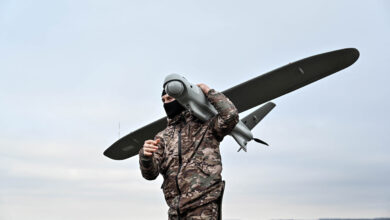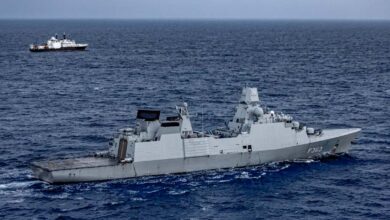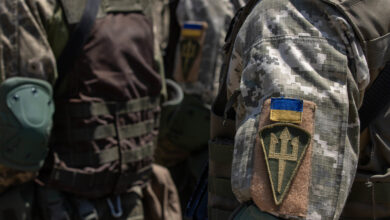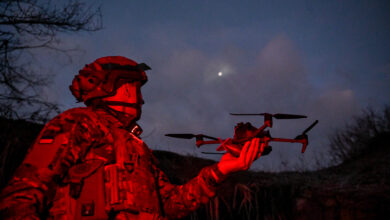Moscow may intensify its procurement of ballistic missiles from abroad, as they have been more difficult to intercept compared to their cruise missiles.
Ukrainian air defenses could intercept only a “handful” of Russian ballistic missiles since December 29, according to the Institute for the Study of War (ISW).
In comparison, a total of 149 Russian cruise missiles have reportedly been intercepted out of 166 during the period, the DC-based think tank wrote.
Ballistic missiles tend to be faster and have a more predictable trajectory compared to cruise missiles.
Factors Behind Missile Interception
Russian ballistic missiles launched at Ukraine include a mix of Iskander-M and repurposed S-400 and S-300 air defense missiles.
The quality of interception also depends upon the intensity of the missile attack and the configuration of the air defense system, ISW underlined.
For example, the air defenses could intercept only one Iskander during a “less intense” attack on December 30, while shooting down all missiles launched at Kyiv on December 12.
Ukraine also managed to shoot down all 10 Kinzhal aero ballistic missiles with the help of the Patriot air defense system on January 2.

North Korean Missiles
The White House recently announced the delivery of North Korean ballistic missiles to Russia.
The delivery included an unspecified number of ballistic missile launchers and dozens of ballistic missiles, US National Security Council spokesman John Kirby said on January 4.
Russia’s domestic ballistic missile production capacity is 42 Iskander and 10 Kinzhal missiles per month.
The number of repurposed S-300 and S-400 missiles Moscow can produce is not clear.
In the recent days Ukraine has experienced Strikes on FOBs, by what I suspect to be North Korean KN-23 Ballistic Missiles. More below.
(1) FOB Containing alot of Trucks(Ural, Ural Tankers etc). The fact that the houses caught fire aswell indicates a resupply base in them. pic.twitter.com/41QVqDNzPp— WarVehicleTracker (@WarVehicle) January 4, 2024
North Korean Missiles Against Ukraine
The White House did not identify the missiles but acknowledged their deployment in at least two attacks on Ukraine on December 30 and January 2.
“On the 30th of December 2023, Russian forces launched at least one of these North Korean ballistic missiles into Ukraine. This missile appears to have landed in an open field in the Zaporizhzhya region,” Kirby said.
“And on January 2nd, Russia launched multiple North Korean ballistic missiles into Ukraine, including as part of its overnight aerial attack. We’re still assessing the impacts of these additional missiles.”
Based on the missiles’ graphics and range ‒ 900 kilometers (559 miles) ‒ provided by Kirby, they are reportedly the KN-23 and KN-25 short-range ballistic missiles.
Meanwhile, North Korea has reportedly ramped up the production of the truck-mounted KN-24 ballistic missiles.












